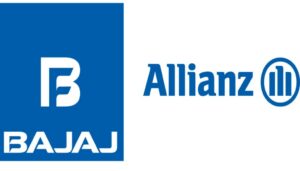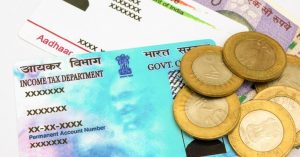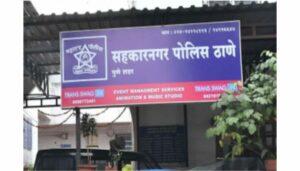Zomato successfully tests its drone technology

New Delhi, 12 June 2019: Heralding the future of aerial food delivery in India, Zomato has successfully tested its maiden drone delivery tech.
The test was conducted using a hybrid drone, with a fusion of rotary wing and fixed wings on a single drone. It was successfully and seamlessly able to cover a distance of 5 kms, in about 10 minutes, with a peak speed of 80 kmph, carrying a payload of 5 kgs.
Today, the average time required for Zomato’s biker fleet to deliver food is 30.5 minutes. If we consider long-distance deliveries – let’s say, getting paranthas delivered from Chandni Chowk (in the heart of Delhi) to Gurgaon (outside Delhi), covering a distance of about 35 kms) in less than 30 minutes – it would be impossible on a bike, or on the metro, or even with Usain Bolt. Here is where drone tech can change the game.
Zomato acquired TechEagle a few months ago to solve for this and other issues along the way – for example, reduce pollution and traffic.
The final design of the drone is lightweight, and treats safety as a top priority. It has inbuilt sensors and an onboard computer to sense and avoid static and dynamic objects, overall making it more efficient for autonomous flights. They are also capable of taking off vertically like a helicopter, transiting to an airplane mode to cover the distance and then switching back to helicopter mode for vertical landing without requiring any airstrip.
Speaking on the development, Deepinder Goyal, Founder & CEO, Zomato, said, “The only possible way to reduce the average 30.5 minutes to 15 minutes is to take the aerial route – roads are not efficient for very fast delivery. We have been working towards building sustainable and safe delivery technology and with our first successful test, food delivery by drones is no longer just a pipe dream. While regulatory hurdles are not trivial, and the government’s concerns need to be looked at from various (valid) points of view, the tech is ready to fly and I am confident that drone delivery will be commonplace sooner rather than later.”
With rapid urbanisation, leading to an increase in pollution and congestion on roads, using drones for delivery would be a big game changer for metros as it will help scrape unnecessary traffic off the roads and direct it skyward. In the first iteration of food delivery via drones, they will pick up the food package from a restaurant hub (a dispatch station around a cluster of restaurants), and drop the package at a customer hub (a landing station close to dense communities), and comes back to the dispatch site using a mix of different and appropriate flight modes.
Although being fully automated, each drone is currently being tested with (remote) pilot supervision to ensure 100% safety. Over time, as the company collects more data, it might do away with pilot supervision.
As per the notification issued by Director General of Civil Aviation (DGCA) on 13 May 2019, interested organisations have been asked to submit an Expression of Interest (EOI) to the DGCA for conducting experimental Beyond Visual Line of Sight operations (BVLOS) of Remotely Piloted Aircraft Systems (RPAS)/Unmanned Aircraft Systems (UAS). In response to the notification, Zomato is forming a consortium as per DGCA’s guidelines to carry out experimental BVLOS operations.








